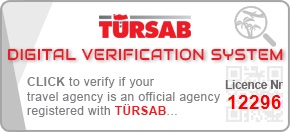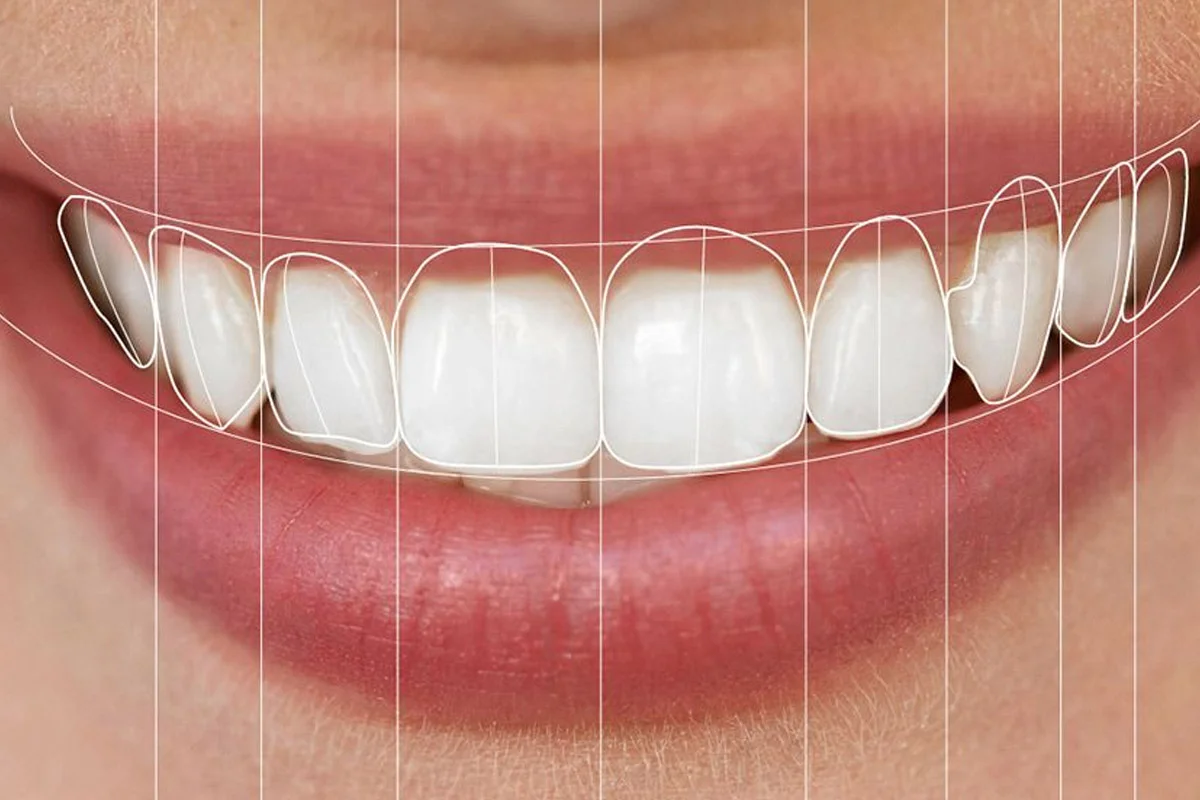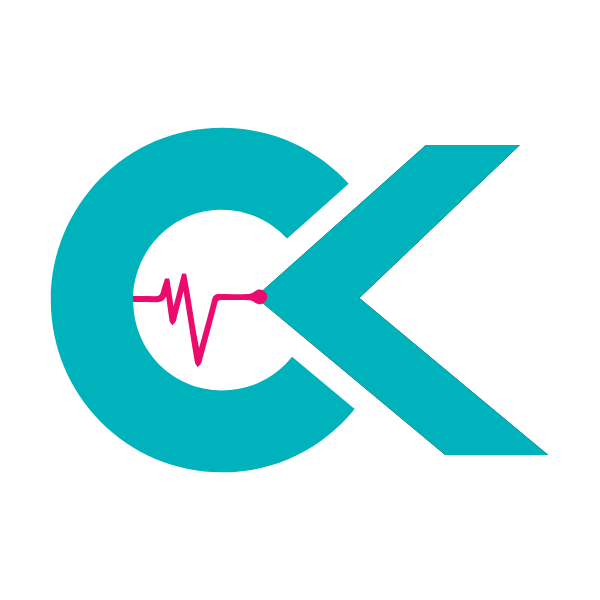The landscape of dentistry has undergone a profound transformation, spearheaded by the advent of digital dental design. This innovative approach has revolutionized how dental professionals diagnose, plan, and execute treatments, promising unparalleled precision, efficiency, and aesthetic outcomes. For patients seeking superior dental care, understanding the intricacies of digital dental design is paramount, especially when considering options across different global healthcare markets. The demand for advanced dental solutions, including sophisticated digital techniques, continues to grow, with increasing numbers of individuals seeking high-quality, cost-effective alternatives beyond their local regions, such as the growing interest in digital dental design UK patients have for services abroad.
Table of Contents
The Evolution of Dental Design: From Traditional to Digital
For centuries, dentistry relied predominantly on conventional methods. These techniques, while effective for their time, often presented limitations in terms of accuracy, patient comfort, and the predictability of aesthetic results. The manual processes involved in creating impressions, models, and restorations were labor-intensive and susceptible to human error.
The Limitations of Conventional Methods
Traditional dentistry necessitated the use of physical impressions, often involving messy and uncomfortable materials that could induce gagging reflexes and discomfort. These impressions would then be cast into plaster models, which served as the basis for designing and fabricating restorations. This multi-step process introduced potential inaccuracies at various stages, from impression taking to model pouring and laboratory fabrication. Furthermore, the communication between dentists and laboratories was often constrained by physical models and written prescriptions, potentially leading to misinterpretations or delays in the workflow.
The Dawn of Digital Dentistry
The emergence of digital technology marked a turning point. Digital dentistry introduced tools and processes that streamlined workflows, enhanced precision, and improved the overall patient experience. This paradigm shift has enabled dentists to achieve results that were previously unattainable, setting new standards for quality and efficiency in dental care. Digital dental design is at the heart of this revolution, offering a sophisticated framework for crafting perfect smiles.
Understanding Digital Dental Design: The Core Technologies
Digital dental design encompasses a suite of technologies that work synergistically to create precise and aesthetically pleasing dental restorations. These technologies form the backbone of modern dental practices, enabling a seamless and predictable treatment journey.
Intraoral Scanners and Digital Impressions
At the forefront of digital dental design are intraoral scanners. These handheld devices capture highly accurate, three-dimensional digital impressions of a patient’s teeth and gums. Unlike traditional putty impressions, digital impressions are quick, clean, and significantly more comfortable, eliminating the discomfort and potential for gagging. The immediate feedback provided by the scanner allows the dentist to review and retake scans if necessary, ensuring optimal data acquisition. The intraoral scanner benefits extend beyond comfort, offering superior detail and consistency. Research by Cubic & Popovic (2020) in the *Journal of Prosthetic Dentistry* indicates that digital impressions offer comparable or even superior accuracy to conventional impressions for single crowns, multiple crowns, and fixed partial dentures, reinforcing their reliability in modern dental practice. These benefits of digital impressions are transforming preliminary diagnostic stages.
CAD/CAM Technology: Precision and Efficiency
Once digital impressions are captured, the data is fed into Computer-Aided Design (CAD) software. This sophisticated software allows dental technicians and dentists to meticulously design restorations on a computer screen. From crowns and bridges to veneers and inlays, the CAD software provides tools for precise shaping, contouring, and fitting, often guiding the user with intelligent algorithms. Many dental clinics and laboratories, including those focusing on CAD CAM dentistry UK wide, invest heavily in this technology. Following the design phase, Computer-Aided Manufacturing (CAM) technology takes over. This involves milling machines or 3D printers that fabricate the restorations from high-quality materials such as ceramic, zirconia, or composite resin with incredible accuracy. The synergy between CAD and CAM ensures a rapid, precise, and consistent fabrication process, marking a significant advancement in dental technology advancements.
Digital Smile Design (DSD): Aesthetic Revolution
Digital Smile Design (DSD) is an advanced protocol that integrates facial aesthetics with dental functional and biological parameters. It allows dentists to create a virtual representation of the patient’s ideal smile before any treatment begins. Using photographs, videos, and 3D scans, the DSD software enables patients to visualize their potential new smile, participate in the design process, and provide feedback. This collaborative approach ensures that the final restoration aligns perfectly with the patient’s aesthetic expectations and facial characteristics. Understanding the digital smile design cost involves considering the comprehensive planning and visualization tools that contribute to a truly bespoke outcome.
3D Printing and Milling: Crafting the Future
Modern digital dental design relies heavily on both 3D printing and milling technologies. 3D printing is instrumental in creating highly accurate models, surgical guides for implant placement, and even temporary restorations. It allows for the rapid production of complex geometries from digital files. Milling machines, powered by CAM software, precisely carve out final restorations from solid blocks of material, offering superior strength and aesthetics for permanent solutions like dental crowns and veneers. These technologies are crucial components of the modern dental laboratory, ensuring high-quality, custom-made dental prosthetics.
The Digital Dentistry Workflow
The implementation of digital technology has streamlined the entire digital dentistry workflow, making it more efficient, predictable, and patient-centric. Here’s a typical sequence:
- Initial Consultation and Diagnostics: Comprehensive examination, including X-rays and potentially CBCT scans for a detailed anatomical view. Discussion of patient goals.
- Digital Impression Acquisition: Use of an intraoral scanner to create a precise 3D model of the patient’s oral cavity.
- Digital Smile Design (DSD) Planning: Utilizing DSD software for aesthetic planning, allowing patients to visualize their future smile and provide input.
- CAD Design of Restoration: Dental technicians or dentists design the restoration (e.g., crown, veneer, bridge) using specialized CAD software, ensuring optimal fit and aesthetics. This often involves using the best dental CAD software available.
- CAM Fabrication: The digital design is sent to a CAM milling machine or 3D printer for precise fabrication of the restoration from chosen materials.
- Try-In and Adjustment: The finished restoration is tried in the patient’s mouth. Minor adjustments can be made digitally or manually to achieve a perfect fit and bite.
- Final Placement: The restoration is bonded or cemented into place, completing the treatment.
Advantages of Digital Dental Design for Patients
The benefits of embracing digital dental design are extensive, impacting every aspect of the patient journey and the longevity of their dental health.
Enhanced Accuracy and Fit
Digital impressions eliminate the distortions inherent in traditional methods, leading to restorations with an exceptionally precise fit. This accuracy minimizes the need for adjustments, reduces chair time, and enhances the longevity of the restoration. The benefits of digital impressions translate directly into superior patient outcomes.
Reduced Chair Time and Fewer Appointments
The streamlined digital dentistry workflow significantly reduces the number of appointments and the total time spent in the dental chair. With in-house milling capabilities, some restorations can even be designed and fabricated in a single visit, offering unparalleled convenience.
Improved Patient Experience and Comfort
Patients consistently report a more comfortable experience with digital scanning compared to traditional impressions. The absence of messy materials and the speed of the scanning process greatly alleviate anxiety and discomfort, making dental visits more pleasant.
Predictable and Superior Aesthetic Outcomes
With DSD, patients can actively participate in their smile design, ensuring the final result meets their aesthetic desires. The precision of CAD/CAM technology allows for the creation of highly natural-looking and durable restorations that blend seamlessly with existing dentition. The ability to simulate results upfront ensures predictable outcomes.
Applications: From Crowns to Digital Dentures
Digital dental design isn’t limited to a few procedures; its applications are vast. It enhances the precision of dental implants, optimizes the fit of dental bridges, and allows for the creation of highly customized digital dentures. This comprehensive applicability underscores its transformative impact across various dental specializations.
Digital Dental Design in the UK vs. Turkey: A Comprehensive Comparison
When considering advanced dental treatments like those involving digital dental design, international patients often weigh their options between their home countries, such as the UK, and renowned medical tourism destinations like Turkey. The quality of care in digital dental design UK clinics is undoubtedly high, but cost and accessibility can be significant factors driving patients abroad.
Turkey has emerged as a leading destination for dental care, offering state-of-the-art facilities, highly skilled professionals, and a cost-effective approach without compromising on quality. Many clinics in Turkey, including CK Health Turkey, have embraced the latest dental technology advancements, providing comprehensive digital dental solutions that rival those in Western countries.
Here’s a comparison of key factors:
| Factor | Traditional Impressions | Digital Impressions |
|---|---|---|
| Accuracy | Good (operator dependent) | Excellent (highly precise) |
| Patient Comfort | Low (messy, gag reflex) | High (clean, quick, no gagging) |
| Time Efficiency | Longer (multiple steps, lab time) | Shorter (instant scan, direct to CAD/CAM) |
| Material Customization | Limited by lab communication | Extensive, precise digital control |
| Design Flexibility | Manual interpretation | Real-time virtual adjustments, DSD |
| Cost Implication | Can be lower for basic, higher for complex | Initial equipment cost, but efficient workflow reduces overall cost for complex cases |
For patients from the United Kingdom, the financial aspect often plays a crucial role. The cost of advanced dental procedures, including those utilizing digital dental design, can be significantly higher in the UK compared to Turkey.
| Service/Item | Turkey Price (GBP) | UK Price (GBP) |
|---|---|---|
| Digital Smile Design Consultation | £150 – £300 | £300 – £600 |
| Digital Crown (CAD/CAM) | £250 – £450 | £600 – £1,200 |
| Digital Veneers (per tooth) | £200 – £400 | £500 – £1,000 |
| Full Arch Digital Denture | £2,500 – £4,500 | £6,000 – £12,000 |
| Digital Implant Planning | £100 – £200 | £300 – £500 |
*Prices are estimates and can vary based on clinic, materials, and specific patient needs. Currency conversion rates may affect final costs.*
Why Choose CK Health Turkey for Your Digital Dental Design Needs
CK Health Turkey stands as a beacon of excellence in international dental care, offering world-class digital dental design in Turkey for patients worldwide, particularly those from the UK. Our commitment to utilizing cutting-edge technology, coupled with a team of highly experienced dental specialists, ensures that every patient receives personalized care and achieves optimal results. We understand the unique needs of international patients and strive to provide a seamless and comfortable experience from initial consultation to post-treatment follow-up. Our clinics are equipped with the latest intraoral scanners, advanced CAD/CAM systems, and dedicated DSD studios, allowing us to deliver precision, speed, and aesthetic perfection. Whether you are seeking a complete smile makeover, such as a Hollywood Smile in Turkey, or specific restorations, our digital capabilities ensure predictable and superior outcomes. We pride ourselves on transparent pricing, comprehensive support, and a patient-centric approach that prioritizes your health and satisfaction. For those looking for exceptional dental care and to learn more about dental care in Turkey, CK Health Turkey offers a compelling alternative to domestic options.
We invite you to experience the future of dentistry with CK Health Turkey. Contact us today for a consultation or visit our website to discover how digital dental design can transform your smile.
FAQs
What is digital dental design?
Digital dental design is a modern approach in dentistry that uses advanced computer technologies, such as intraoral scanners, CAD (Computer-Aided Design), and CAM (Computer-Aided Manufacturing), to precisely plan, design, and fabricate dental restorations. It replaces many traditional manual processes with digital workflows.
How does digital dental design improve accuracy?
It improves accuracy by eliminating manual steps prone to human error, such as taking physical impressions and creating plaster models. Digital scans capture highly detailed 3D images directly, allowing for precise design and fabrication of restorations with minimal discrepancies.
Is digital dental design more comfortable for patients?
Yes, significantly. Digital impressions, taken with an intraoral scanner, are quick, clean, and eliminate the need for messy, bulky impression materials that can cause discomfort or gagging. This leads to a much more pleasant patient experience.
What types of dental treatments can benefit from digital dental design?
Many treatments benefit, including dental crowns, veneers, bridges, dental implants (for planning and surgical guides), orthodontics, and even the creation of highly customized digital dentures. It’s particularly effective for aesthetic smile makeovers.
How does digital smile design (DSD) work?
DSD uses digital photos, videos, and scans of a patient’s face and teeth to create a virtual model of their ideal smile. Patients can visualize their potential new smile before treatment begins and provide feedback, ensuring the final result aligns with their aesthetic expectations.
Is digital dental design more expensive than traditional methods?
While the initial investment in digital technology is substantial for clinics, the efficiency of the digital workflow can often lead to more cost-effective treatment for patients, particularly for complex cases. In countries like Turkey, digital dental design services are often offered at a fraction of the cost compared to Western countries like the UK.
How long does a digital dental design procedure take?
The scanning process for digital impressions is typically very quick, often just a few minutes. The design and fabrication time can vary, but with in-house CAD/CAM capabilities, some restorations can be completed in a single day, significantly reducing overall treatment time.
Are the materials used in digital dental design safe and durable?
Yes, digital dental design utilizes high-quality, biocompatible materials such as ceramic, zirconia, and composite resins, which are known for their strength, durability, and aesthetic properties. These materials are rigorously tested and comply with international dental standards.



